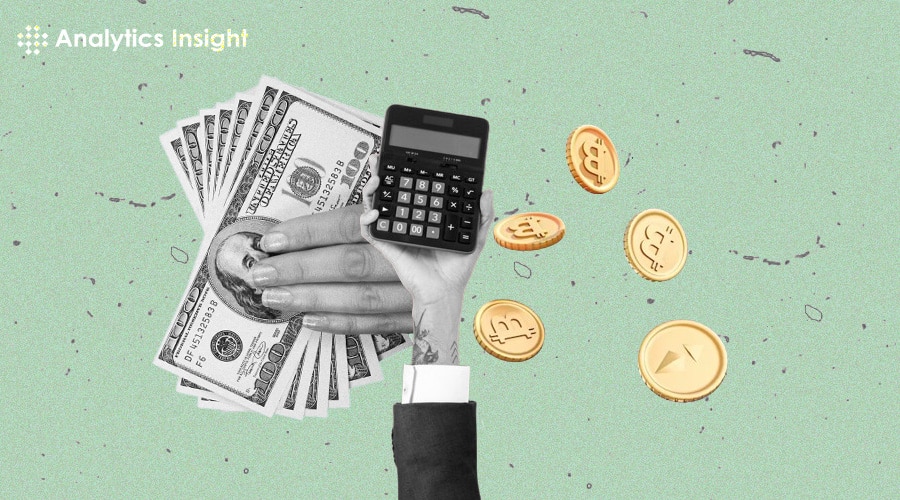.post-author {
position: relative;
padding-bottom: 0px;
height: 28px;
}
.author-image {
position: absolute;
bottom: 0;
left: -60px;
width: 100%;
border-radius: 0%;
cursor: pointer;
}
@media only screen and (max-width: 600px) {
.img {
position: absolute;
left: 20%;
width: 250px;
height: 200px;
}
.author-image {
left: 0px;
width: 100%;
}
.code-block .container {
padding: 0px;
}
.post-author {
margin-bottom: 0;
}
}

Navigating the unknown: Strategies and tools to calculate the future price of cryptocurrency
The world of cryptocurrency is dynamic and often characterized by rapid price fluctuations. Investors and traders are constantly seeking ways to predict and calculate the future price movements of digital assets. While it’s important to note that predicting the exact future price of a cryptocurrency is challenging and involves a degree of speculation, several fundamental and technical analysis methods can assist in making informed predictions.
Fundamental Analysis:
Understand the Technology and Project: To forecast the future price of a cryptocurrency, it’s crucial to have a solid understanding of the underlying technology and the project’s fundamentals. Research the whitepaper, team, partnerships, and the real-world use cases of the cryptocurrency.
Market Trends and Sentiment: Analyzing market trends and sentiment can provide valuable insights into potential future price movements. Follow news, social media, and forums to gauge the overall sentiment surrounding a cryptocurrency. Positive developments often contribute to an upward price trend.
Supply and Demand Dynamics: Basic economic principles of supply and demand play a significant role in determining the price of a cryptocurrency. If the supply is limited and demand is increasing, the price is likely to rise. Conversely, an oversupply without sufficient demand can lead to a decline in price.
Technical Analysis:
Price Charts and Patterns: Utilizing price charts and recognizing patterns can be a powerful tool for predicting future price movements. Head and shoulders, triangles, and multiple tops or bottoms are typical chart patterns. Traders frequently utilize these patterns to spot possible trend continuations or reversals.
Moving Averages: Moving averages smooth out price data and help identify trends over specific periods. The intersection of short-term and long-term moving averages can signal potential changes in the direction of the price. The widely used 50-day and 200-day moving averages are particularly popular among traders.
Relative Strength Index (RSI): The RSI is a momentum indicator that gauges how quickly and how much a price moves. An asset is deemed overbought if the RSI is over 70 and oversold if it is below 30. The RSI goes from 0 to 100. RSI is frequently used by traders to spot possible trend reversals.
Fibonacci Retracement: Fibonacci retracement levels are based on mathematical ratios and are used to identify potential support and resistance levels. Traders use these levels to anticipate price movements and make decisions about buying or selling.
Combining Fundamental and Technical Analysis:
Successful cryptocurrency analysis often involves combining both fundamental and technical analysis to form a comprehensive view. For example, a positive fundamental outlook might be supported by technical indicators showing a bullish trend, reinforcing the likelihood of future price appreciation.
Risk Management: It’s essential to acknowledge the inherent risks associated with cryptocurrency trading and investing. No analysis method can guarantee accurate predictions, and the market is influenced by various external factors. Therefore, risk management strategies are crucial to protect against unexpected price fluctuations.
Diversification: Avoid putting all your funds into a single cryptocurrency. Diversifying your portfolio across different assets can help mitigate risks associated with the volatility of individual cryptocurrencies.
Stop-Loss Orders: Set stop-loss orders to automatically sell a cryptocurrency if its price drops to a predetermined level. This reduces the amount that could be lost during market downturns.



